ABOUT US
ABOUT US
We are engaged in LED lighting for several years, and we carry out a large number
of projects both functional lighting
and decorative lighting. Our company awarded both management and production systems ISO certificate and environmental friendly certificate.
We have been working successfully
for several years already with LED products. We have finished many projects both
in functional and decorative lighting.
We have gained a certificate in management and production systems, as well being “green” environmentally friendly.
WE OFFER
Designing
Electrical mains
Lighting systems
Advertisement
Visual
Light
Plotter works
Manufacturing
LED Street Lighting fixtures from high quality components with an integrated control system at competitive prices
TECHNICAL SPECIFICATIONS
Our products are designed and built
with following issue in mind:
the product photometric performance must be superb (lm / W / m²), it must be price competitive (€ / lm) and it must be easy
to service it (€ / year).
These three parameters determine
the optimal balance for lighting solutions and makes us stand out among manufacturers as a company that delivers optimal solutions to the market.
v
INTERESTING
Diode light is expensive
Of course it is expensive! Compared to incandescent bulbs, LED technology seems expensive - but it is important to understand how much light you will get for the money spent, and what will be the power consumption of the lamp. LED bulbs will hardly ever be as cheap as incandescent bulbs, but the good news is that the price is rapidly approaching fluorescent and gas discharge technology. What’s even more important is that manufacturing leaders, engineers and politicians are convinced that LED technology will evolve to a level such that the net amount of light that the consumer will get for one EUR will be the same or higher than today's traditional technology.
LED light does not emit heat
Nonsense! LED heat up quite well, actually. Try touching the diode (or better not)! What is important is that in-between the diode that emits light and the fingers of consumers lies the aluminium radiator (or other metal), which dissipates heat - so the luminaire body is usually warm, not hot. It should be noted that the diodes, as well as other lighting technologies, are not perfect at converting electricity to light waves – the heat on the radiator is the resistance heat generated by the current that passes through the LEDs. It is worth noting, though, tat the losses on light-emitting diodes are smaller compared to other technologies, and therefore the LEDs actually give more light out per electricity spent.
LED fixtures are energy efficiency kings
Not exactly true. The correct way to put it would be - LED light sources are the efficiency kings.
Technically, the LED module in the laboratory is able to give more than 200 lm/W , which is at least 50% more than the very best technology of the past. Unfortunately, to be able to extrapolate that efficiency from the lab to real life applications and fixtures, poses a few problems:
- Laboratory efficiencies are achieved at very low currents. This means that the ideal light fixtures should be constructed from a large number of little weak diodes. In everyday life it is not practical - better to take one large diode and drive it at maximum allowed power. In this case, the luminaire price will be lower, but energy efficiency will range from 80 to 100 lm/W range, rather than 200 lm/W.
- The light from the LED source is essentially emitted in hemispherical plane. This means that the light distribution and directing the necessary lens/reflector that can absorb up to 50% of gross light output. On top of that, there is another reason why LED light cannot be used without optics or reflectors – the glare that LED sources generate can be quite unbearable. That's why LED modules often hides under a matte surface, which further reduces the light on the opaque reflectors and optics.
- In order to obtain white light, blue LED is covered with a layer of luminophore (e.g. phosphorus), which also reduces energy efficiency.
It should be noted that this particular problem is native to many other existing technology, and is not the sole culprit of LEDs. Currently, LED lamps are not the kings of efficiency in every lighting situation, but in terms of the pace of innovation in LED lighting, one can safely compare them with prince waiting for the throne.
LED light is a health hazard
Any light technology can be harmful to health. To avoid injury, you must select the correct light source for the task, and make sure the lighting levels and uniformity are adequate. Our eyes will not feel comfortable if the light is too bright or contrasting; if the light dazzles; if it renders colours poorly, or operates on low frequency. These physiologically harmful factors are not due to poor lighting technology, but rather due to incorrect application or poor quality of fixtures.
LED lights serve 60 000 to 100 000 hours
Diodes could indeed serve of 100 000 hours (50 years when they are on 5 hours per day) , they could even survive longer than their masters, but will they emit useful light? No. Professionals and honest manufacturers recognize that due to necessity of using power supplies and the LED module degradation factor, LED luminaires have a limited lifespan.
First, although the LED sources last longer than fluorescent lamps and discharge lamps, the power supply lifetime for LED fixtures is the same as for other technologies. Second, the LED module degradation over time will reduce the amount of light emitted by a source - every matter is degrades at the influence of energy. No matter whether it is a traditional light source or a LED source. The LEDs to degrade slower than the other technologies, though.
In terms of lifespan, it would be correct to say that a good LED luminaire will last, say, 50 000 hours before it reaches 70 % of its initial luminous flux (i.e. becomes fainter by 30%) and during these hours one will need to periodically change the power supplies.
OUR WORKS


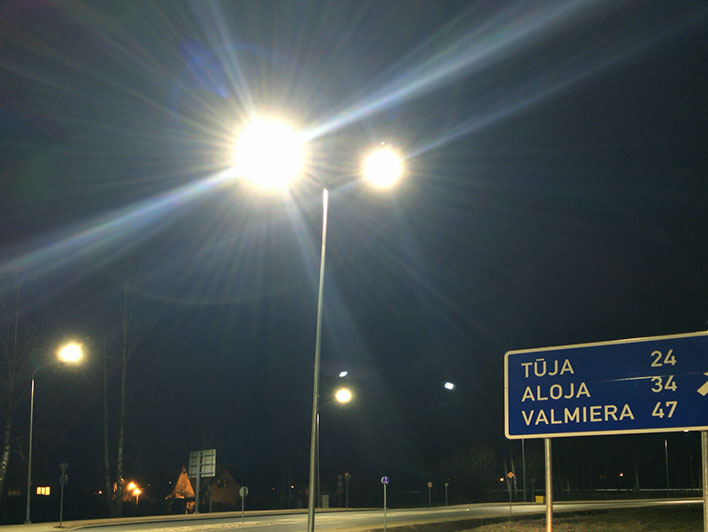

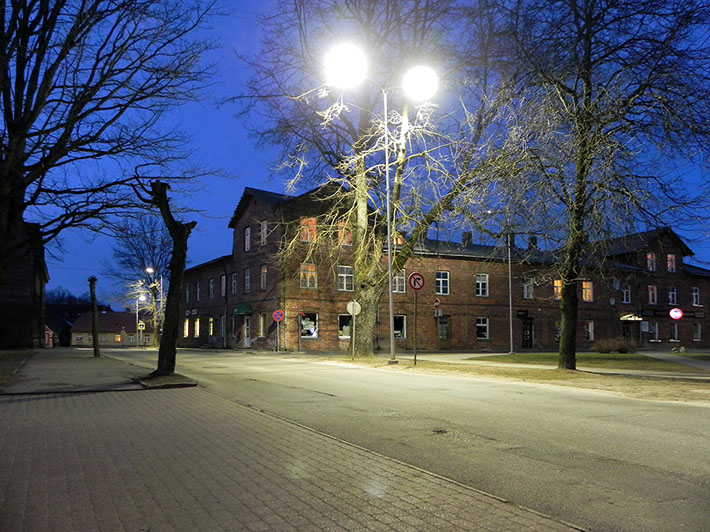

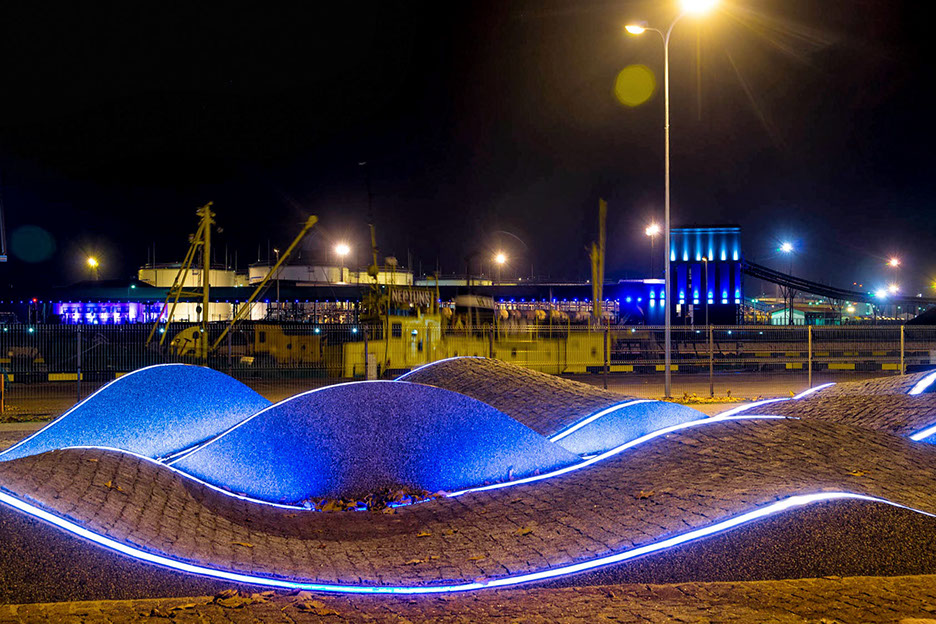
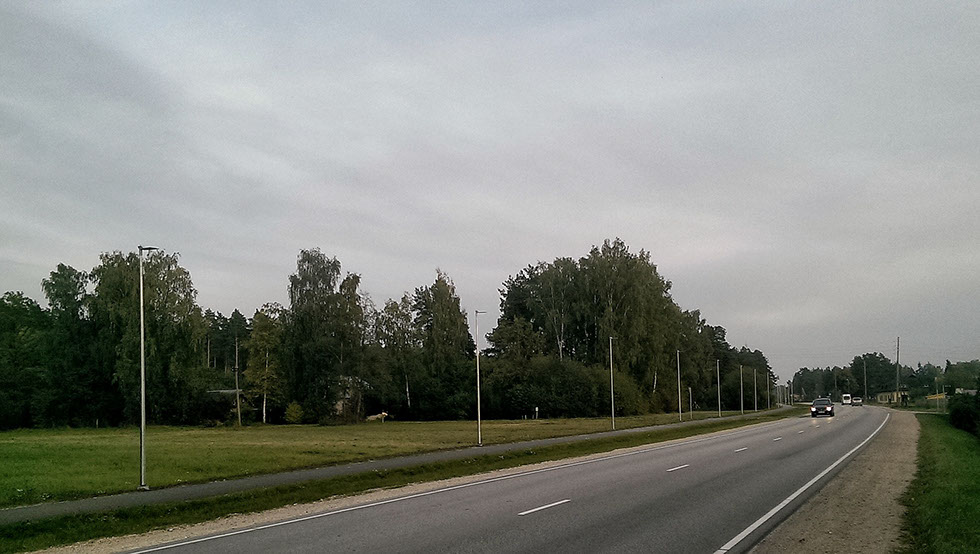

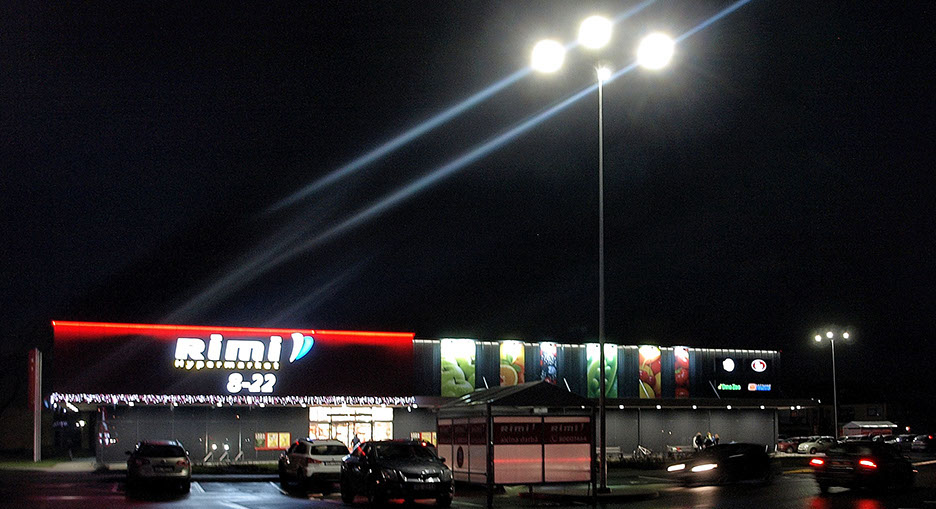
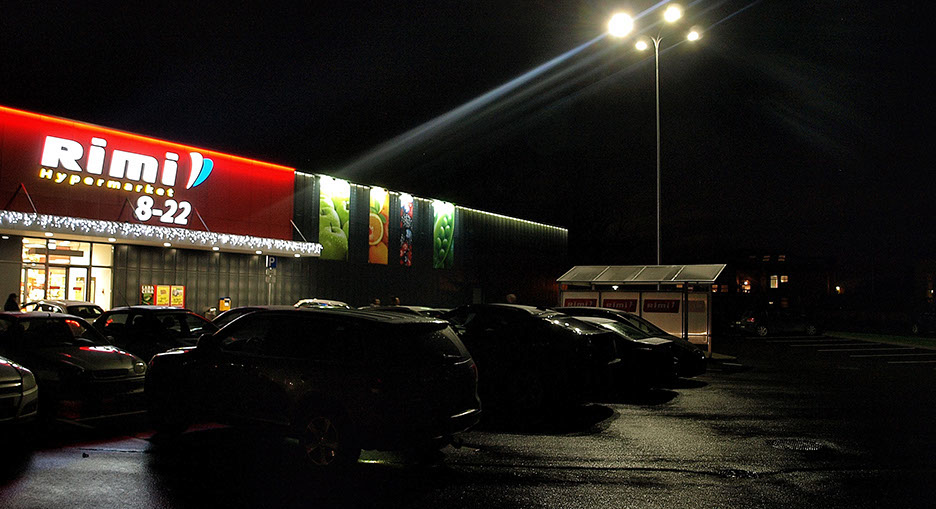

Jūrmala
Limbaži
Limbaži
Ragana
Limbaži
Ventspils
Ventspils
Stopiņi (Vālodzes)
Stopiņi (Vālodzes)
Mārupe
Mārupe
Jūrmala